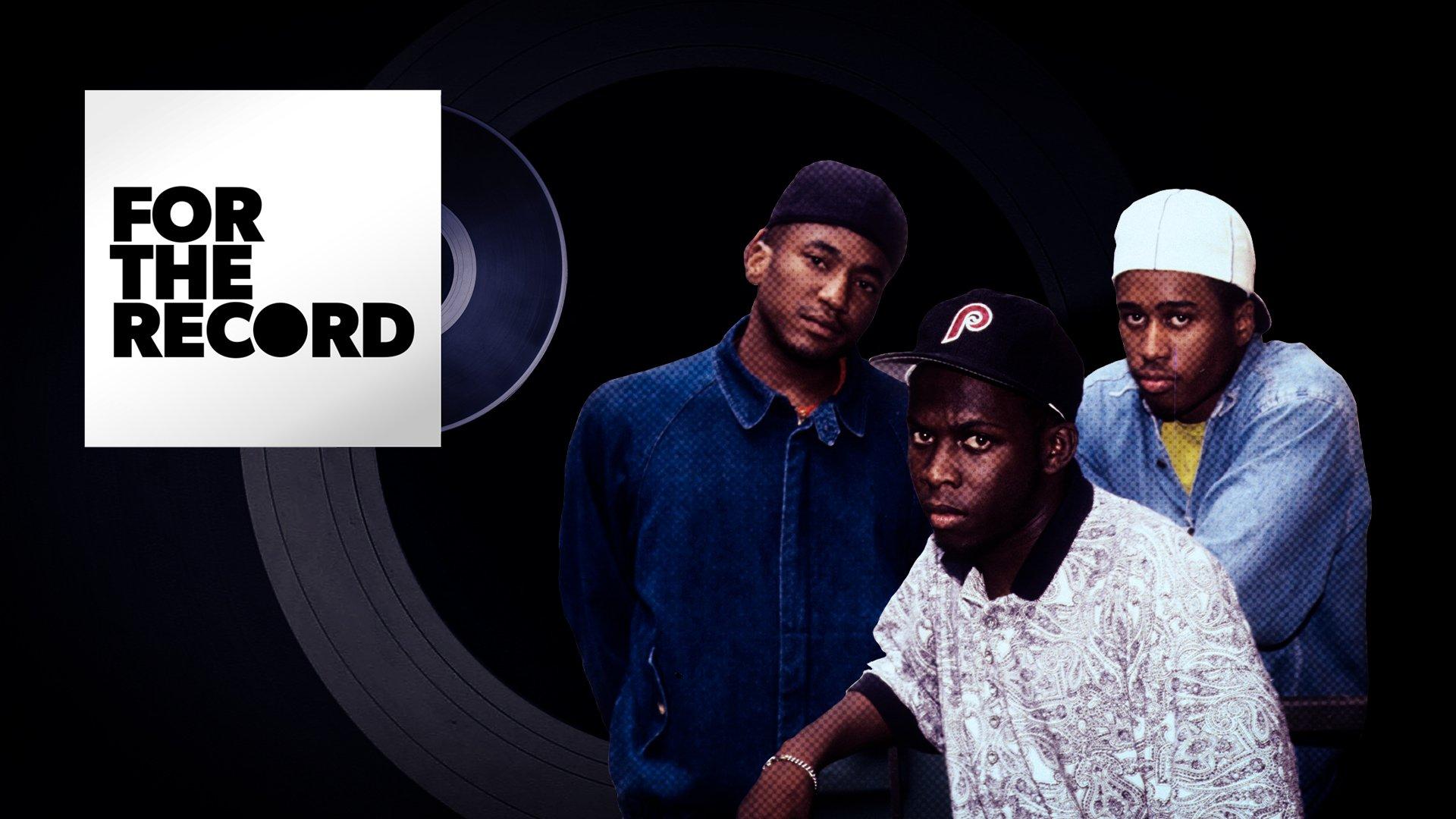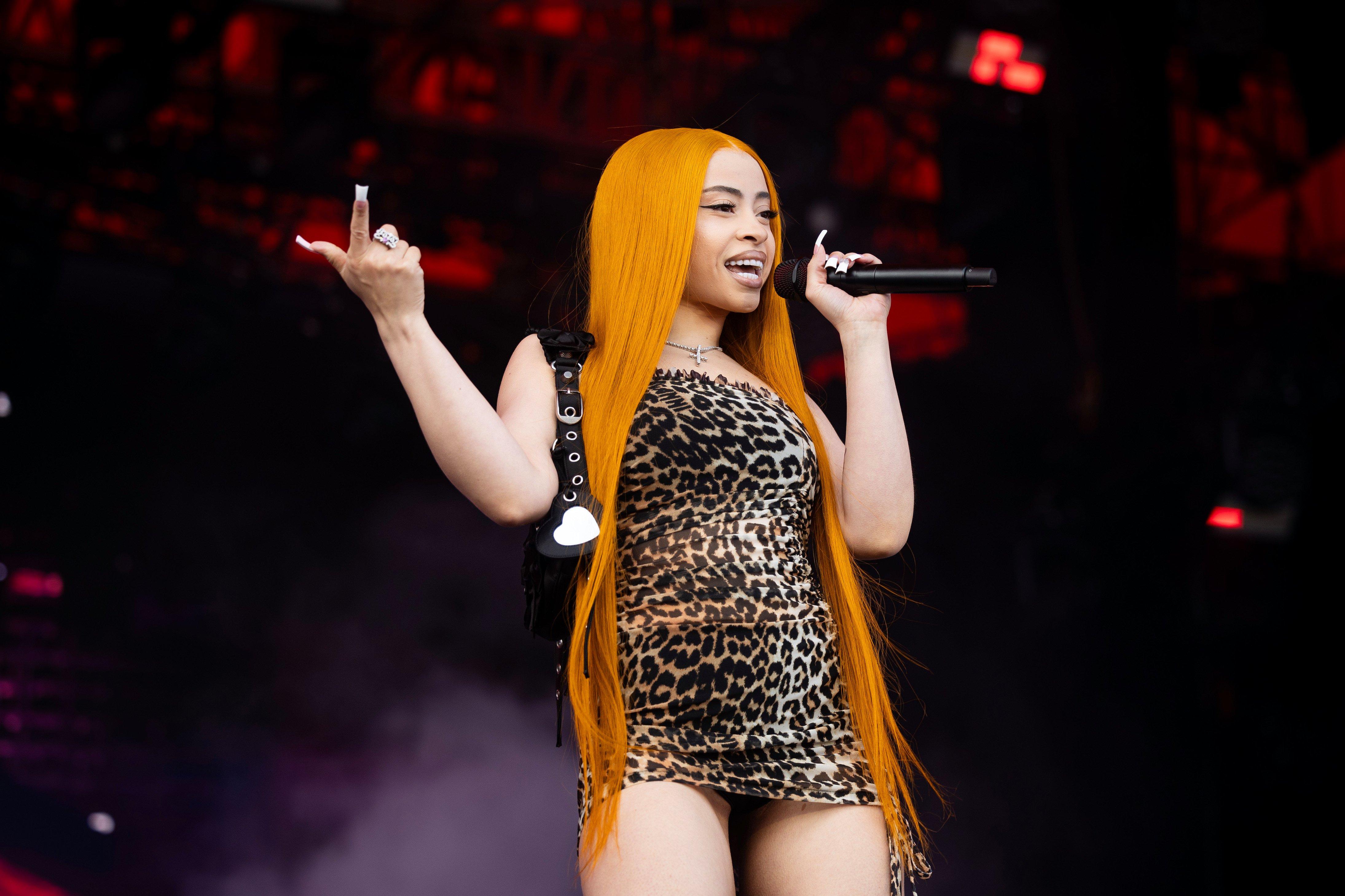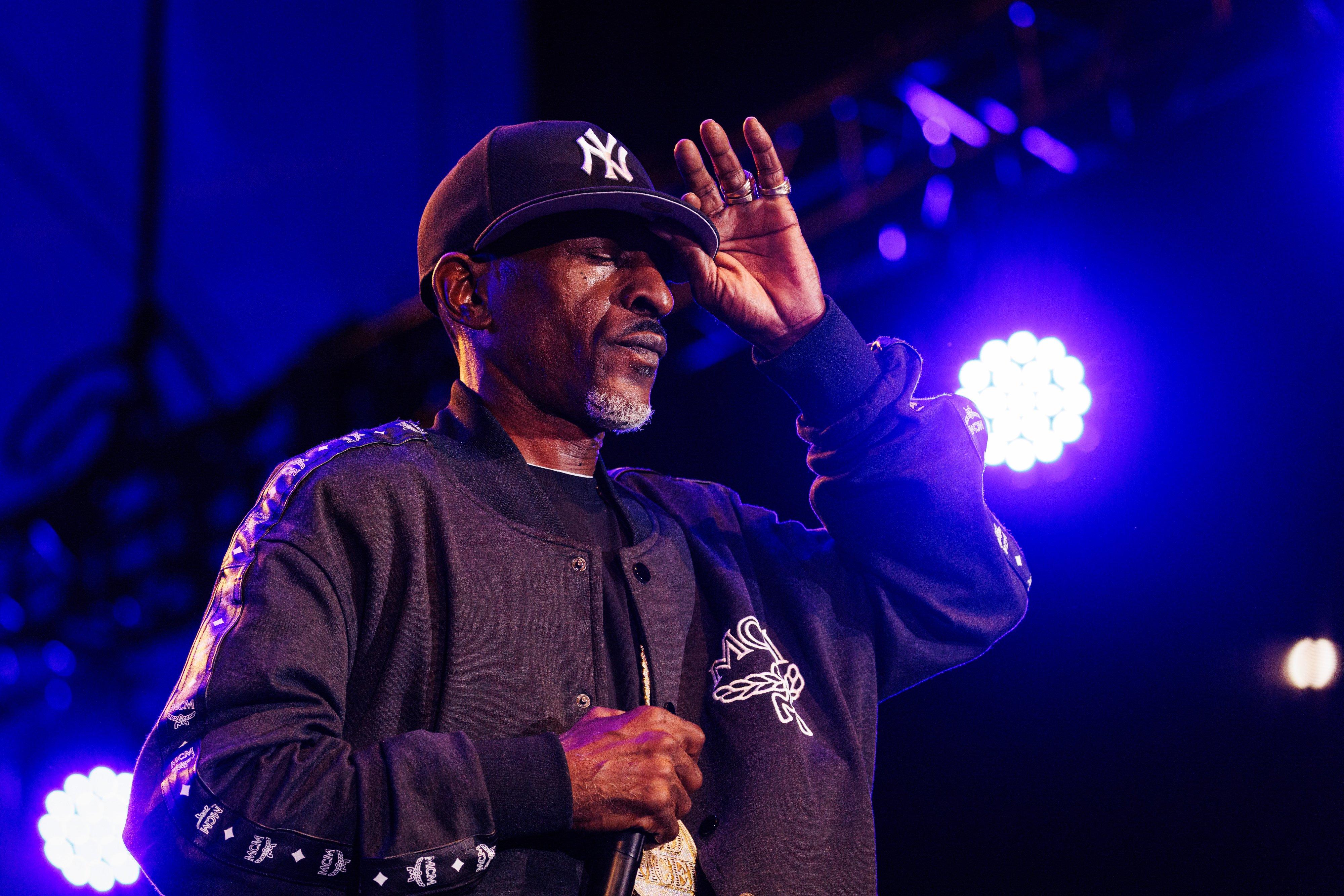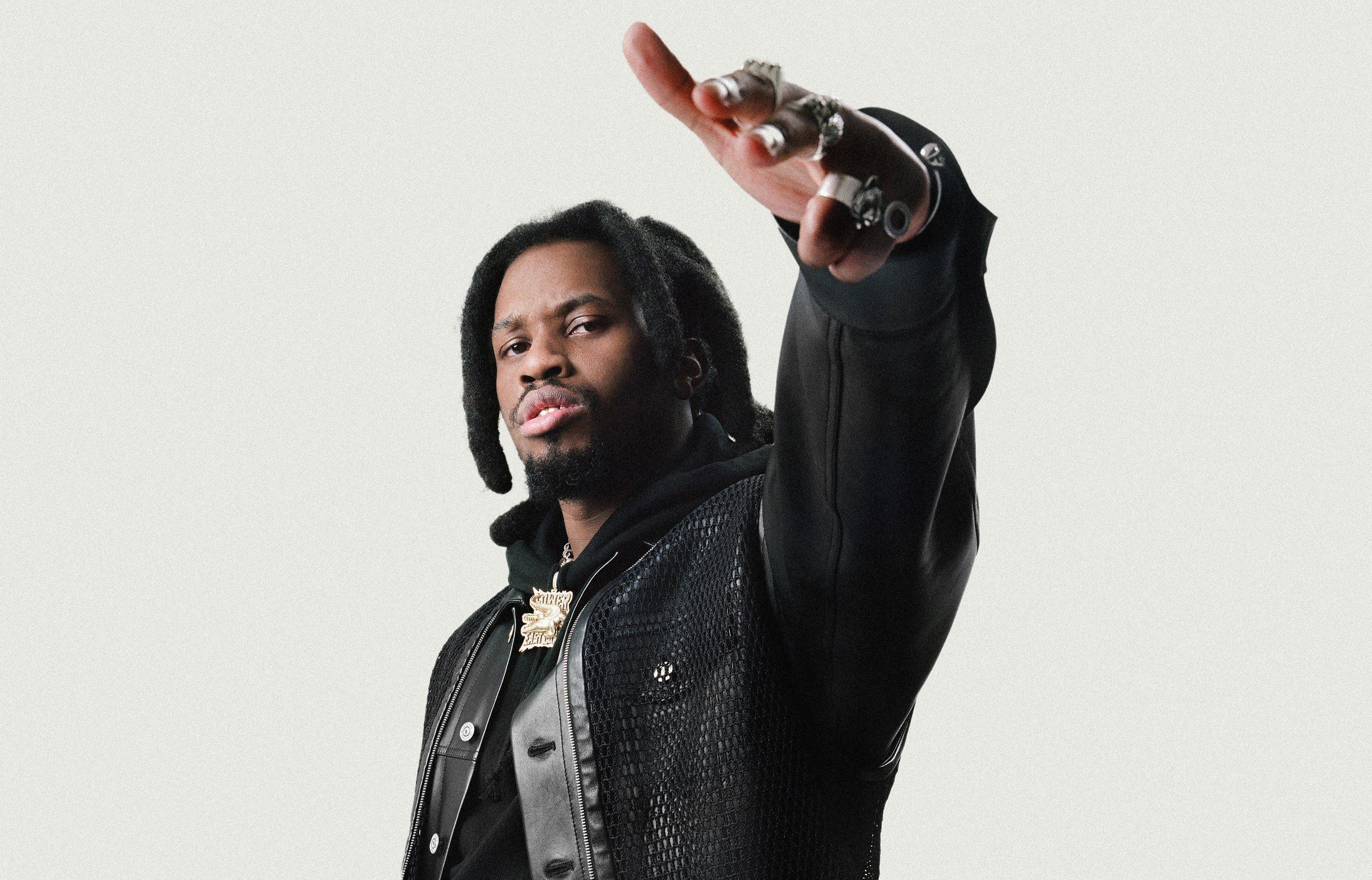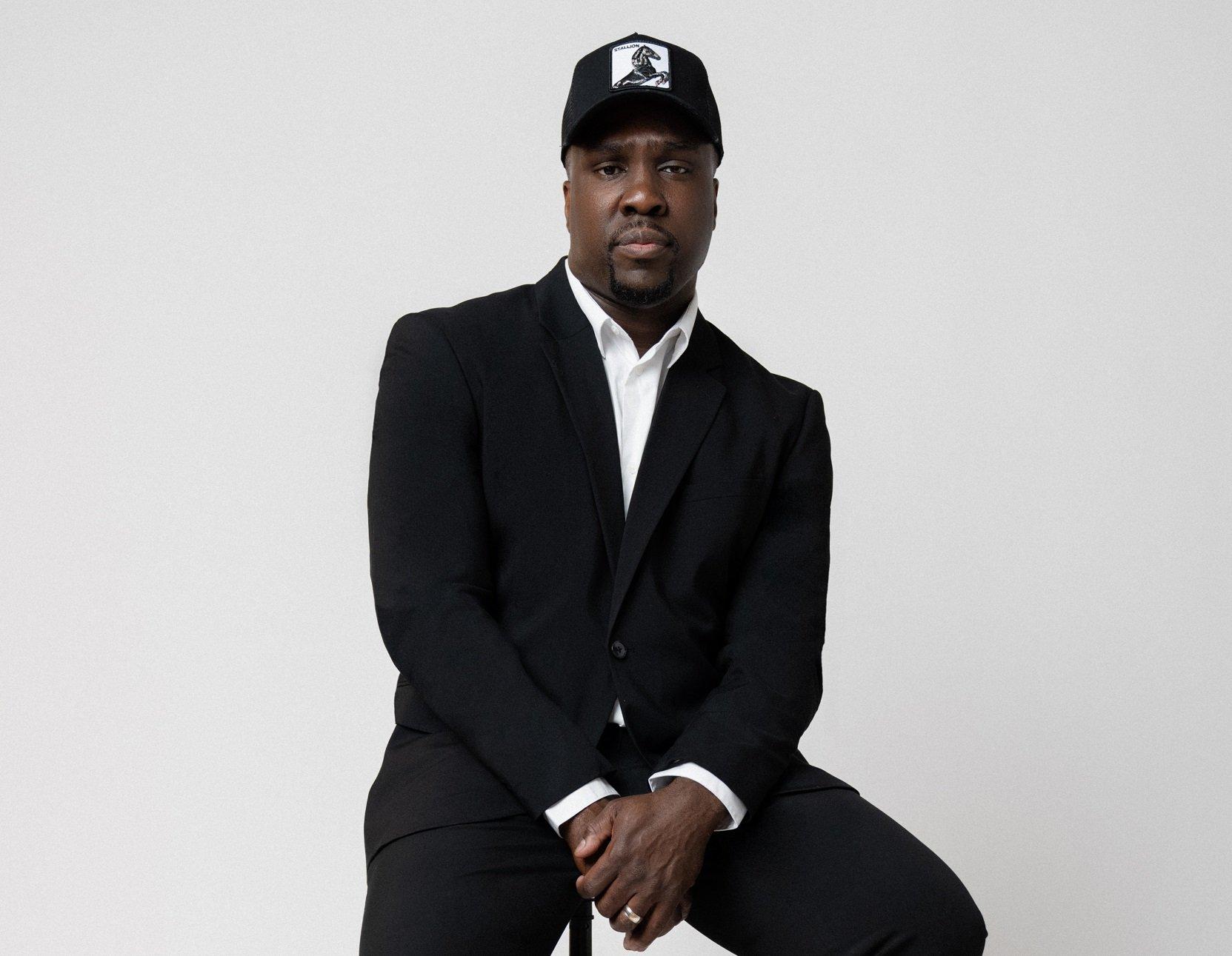In 1991, hip-hop was in a state of flux, and A Tribe Called Quest were searching for balance. Their 1990 debut album, People's Instinctive Travels and the Paths of Rhythm, propelled the Queens, New York, group to new heights. Tribe tempered the growing gangster rap movement with their own breed of hip-hop, one full of humor, life, positivity and a more lighthearted approach to making music. Their style positioned them more as a group who loved being musicians over utilizing their rhymes to vent about the doom and gloom enveloping their environment.
Tribe, along with groups like De La Soul, Jungle Brothers and Leaders of the New School, were a part of the DAISY ("Da Inner Sound, Y'all") age of hip-hop. (De La Soul coined the term on their 1989 debut album, 3 Feet High and Rising, in which they chanted the phrase several times throughout the project.) DAISY artists donned brighter clothing, used literal daisy imagery in their artwork, music videos and album covers, and punctuated their positive messages with poignancies on Afrocentricity. Even de facto A Tribe Called Quest leader Kamaal Fareed went by MC Love Child before he was given the name Q-Tip.
Intertwined with this bohemian take on hip-hop music, several DAISY artists, including Jungle Brothers, De La Soul and A Tribe Called Quest, were also part of the Native Tongues collective, a loose network of East Coast hip-hop artists. But even if you weren't down with Native Tongues, if your music was the antithesis of the exploding gangster rap style of the time, you tangentially became a part of the DAISY Age.
DAISY artists diverged from what most considered then to be the sonic norm for rap music, which was a rugged exterior revealing street hymns and conspiracy theories, along with stories of police brutality and gang wars. N.W.A's 1988 debut album Straight Outta Compton was mostly to thank, along with Public Enemy's 1988 album It Takes A Nation of Millions To Hold Us Back, a clarion call for the mobilization of Black people against the powers that be. It was raging against the machine at its best.
While artists of the DAISY Age discussed ways for Black people to find their own grooves and means to mobilize, albeit in a different way, Tribe and groups of their ilk were categorized under the "alternative hip-hop" subgenre, an industry move suggesting that discussions of anything other than gun talk were the exception, not the rule. They were all deemed "safe," nonviolent "alternatives," while also commanding a sound both parents and kids could mutually enjoy. It was a gift and a curse at the same time.
It was a frustrating position for any critically acclaimed group paving their own path. Still, by the time A Tribe Called Quest got to work on The Low End Theory, they were more than ready to reinvent the wheel yet again. This would be the project that served as a reference point for A Tribe Called Quest as bastions of versatility. In order to prove that, they had to rework their whole style, right down to their image. There was also the added pressure of the sophomore slump. But that didn't faze lead producer Q-Tip in the least. Tribe weren't cocky—they were confident.
Tribe had a lot to prove on The Low End Theory while not coming off as tryhards. In 14 tracks, they had to somehow remove the stigmas attached to so many hip-hop artists at the time: You were either too street, too soft or too artsy, or you didn't understand a single instrument. Tribe aimed to strike that balance artfully.
<style>.embed-container { position: relative; padding-bottom: 56.25%; height: 0; overflow: hidden; max-width: 100%; } .embed-container iframe, .embed-container object, .embed-container embed { position: absolute; top: 0; left: 0; width: 100%; height: 100%; }</style><div class='embed-container'><iframe src='https://www.youtube.com/embed/1QWEPdgS3As' frameborder='0' allowfullscreen></iframe></div>
Inspired by the hard thuds checkered throughout Straight Outta Compton, Q-Tip opted for bass-heavy beats on Low End. Album opener "Excursions" oozes with those steady basslines, as does "Buggin' Out," "Check The Rhime" and closer "Scenario."
Q-Tip made it a point to masterfully bring the sounds of jazz and bebop to boom bap, where, for the first time ever, the instruments were front and center. You could listen to any song on Low End and hear every layer as it's being played, a rarity in the sample-heavy world of hip-hop. With Tribe, you experienced the masterpiece in full totality, while also seeing every stroke of the paintbrush. And despite their claims of having the jazz on "Jazz (We've Got)," Tribe didn't sound like some jazz ensemble in hard-bottom shoes anywhere on Low End. This was pure hip-hop in a new iteration by a group determined to make a mark on their own terms.
But like Q-Tip says on "Rap Promoter ("Not too modest and not a lot of pride"), Tribe had to be bolder with their messaging this time around, while still maintaining their stance on peace and positivity. On "Excursions," an idyllic intro to that creative approach, Q-Tip makes it clear that Tribe is playing the long game in rap, in the right way, while still switching the sound up. He does the same on "Verses From The Abstract," in which he takes the reins on the group's collective messaging.
<style>.embed-container { position: relative; padding-bottom: 56.25%; height: 0; overflow: hidden; max-width: 100%; } .embed-container iframe, .embed-container object, .embed-container embed { position: absolute; top: 0; left: 0; width: 100%; height: 100%; }</style><div class='embed-container'><iframe src='https://www.youtube.com/embed/sIqm40Y0LVw' frameborder='0' allowfullscreen></iframe></div>
This was also the moment, however, where Phife Dawg would step forward and do just enough posturing and bragging on the group's behalf. His presence was barely felt on Tribe's debut album since Phife's head wasn't all the way in the game until Q-Tip centered him. The yin to Q-Tip's yang, Phife was a 5-foot-3-inch sh*t-talker and bona fide comedian who helped the former not take the game too seriously. On "Buggin' Out," Phife is in the spotlight, and he keeps it going on "Butter" where he talks about pulling girls like "Flo" while simultaneously shining on his own for once.
Low End is also full of music industry cautionary tales. On "Rap Promoter," Q-Tip waxes philosophically and questions why rap promoters will invite hip-hop heads to a wack show. Tribe then expose the ills of the biz on "Show Business," with the help of Brand Nubian and Diamond D, and continue that sentiment on "Check The Rhime" where Q-Tip births the now-infamous line, "Industry rule number four-thousand-and-eighty / Record company people are shady."
Tribe's storytelling is in clear view on "The Infamous Date Rape" and "Everything Is Fair," with the former carrying a real sentiment of exposing criminal acts. It's heavy without being too dark, while tracks like "What?" are light without being too whimsy. "Skypager" sees Tribe dissecting their many reasons for carrying a beeper. At face value, the concept would seem like a whole lot of nonsense about an inanimate piece of technology. But the song ultimately places the group alongside the same beeper-carrying drug dealers from whom the industry and the media attempted to forcibly disassociate them. While Tribe aim to show they are different and unfazed by fancy gadgets, "Skypager" still echoes their main message: We are all in this together.
<style>.embed-container { position: relative; padding-bottom: 56.25%; height: 0; overflow: hidden; max-width: 100%; } .embed-container iframe, .embed-container object, .embed-container embed { position: absolute; top: 0; left: 0; width: 100%; height: 100%; }</style><div class='embed-container'><iframe src='https://www.youtube.com/embed/Q6TLWqn82J4' frameborder='0' allowfullscreen></iframe></div>
Then, of course, there's "Scenario." With the help of Leaders of the New School and the soon-to-be legend Busta Rhymes, the track is heavy on basslines, trash talk, braggadocio and bars. The perfect closer to the album, "Scenario" is so bullish and so energetic, it almost serves as a celebration of Tribe's accomplishment: the martini after a cinematic piece has wrapped.
The Low End Theory was somewhat of a swan song for A Tribe Called Quest in more ways than one. It was their diversion from the Native Tongues and the DAISY Age scenes, especially after the group signed to Russell Simmons' Rush Artist Management, under manager Chris Lighty, a move that would take their message to a bigger, more mainstream hip-hop audience. However, the album was also a farewell to the pigeonholed style and sound they were wedged into the first time around. After The Low End Theory, A Tribe Called Quest could fly, and the sky was the limit.

